We spend money, and most importantly, time, developing SaaS products. We're constantly implementing new growth strategies and running campaigns across various channels. At the end of our efforts, we're finally starting to acquire new users.
But wait... But users log in, browse, get lost in the features, and then quietly disappear.
No matter how powerful our acquisition engine, if new users don't experience value quickly, we're losing customers—perhaps forever—before they even become loyal customers.
According to Forrester research, 74% of SaaS customers abandon a product if they don't see value within the first 7 days.
That's why Time to Value (TTV) has become one of the most critical metrics we monitor for our SaaS growth. Research and our experience show that acquiring a new customer can be 5-10 times more expensive than retaining an existing one. So, when acquiring new users, our priority should be: How can I help them achieve value quickly?
The Onboarding Struggle: A Familiar Story
Let's start with the onboarding phase. Think about the last time you signed up for a SaaS product. Maybe it was a project management tool or a marketing automation platform.
You were excited at first. The product promised to save you time, make your job easier, and even help you achieve your KPIs. But then you signed up...
You spent 15 minutes wandering around, hoping it would solve your problems. But eventually, you got bored, gave up, and closed the tab. This is exactly what happens to thousands of SaaS users every day. It's happened to us all, right?
Why Time-to-Value Matters
Unless you're in a niche business (which isn't really possible by 2025), users will churn when they can't find value quickly and start trying alternative solutions. And churn doesn't just mean lost revenue; it also means wasted marketing budgets, lower lifetime value (LTV), and lost word of mouth.
That's why SaaS leaders are so obsessed with shortening Time to Value. But traditional methods like long email engagement sequences or static product tours are often insufficient today.
Enter AI Guidance
One of the most critical areas touched by AI in the SaaS world is product adoption. Imagine every new user having a personal guide within your product. Not just a chatbot that answers questions, but also an AI assistant that understands context, predicts intent, and takes action on the user's behalf.
For example:
- A new HR manager signs up for your HR software. Instead of sending them to a dashboard, AI recognizes their roles and guides them directly through the process of creating an employee profile.
- A marketer logs into your email platform for the first time. But when they can't figure out where to create lists, they prompt the AI instead of navigating through the pages. Mues AI takes control of the user's mouse and both completes the process step by step and teaches the user.
Why AI Guidance Works
With AI, instead of users trying to understand your product, the product understands the users. AI analyzes your SaaS documentation and user interactions to identify your solution.
This way, it understands what users want to do within the platform and provides context-based support. Unlike static product adoption and onboarding solutions, users don't have to skip pop-ups. What they see is the solution they need, right when they need it.
The Future of SaaS Growth
In today’s SaaS, the faster a user reaches their first success, the higher the chances they’ll stay, grow, and advocate. So reducing Time-to-Value isn’t just an onboarding strategy. It’s a growth strategy.
The next time you think about how to reduce churn, don’t just ask: "How do I bring in more users?" Instead, ask: "How do I help the users I already have win faster?"



Member discussion